A unique place of battle in Russia!
Here you can not act thoughtlessly ...
Past the church and to the right ...
Suppose that you came to the provincial city of Penza, which is known to have been founded in 1663 by the decree of Tsar Alexei Mikhailovich Tikhayshy, and it is connected with history of the Russian state as a real “God-saved city” can be connected with it, even if not by the standards of our history, and not very old. There are a lot of interesting things in the city, as, of course, in many cities of our country, however, if you decide to leave its borders and leave the city, then you will be able to see a truly unique place, namely, the Zolotarev settlement, that is, not the settlement itself. , of course, but what's left of him today.
To get there, it’s enough to take the route “gazelle” from the market and don’t have to worry about anything, and if you go by car, you must first follow the road leading to the village of Akhuny, and, passing the beautiful wooden church, turn off right. Well, and there all go and go, without turning anywhere, about 30 km. Then the arrow will tell you that you have reached the right place, but you do not need to enter the Zolotarevka itself. Before reaching 200 meters, you should turn left onto a forest road and drive about three kilometers. There, too, you will see a signpost that you have reached the Zolotarevskoe Gorodishche reserve, so finding this place is not difficult. In addition, the inhabitants of this village - if you still pass the desired turn and get into Zolotarevka itself - will always be happy to show you the way. A shield with the inscription that in front of you Zolotarev settlement, will show you where to go next, after which the most interesting begins. First you will have to go down to the very bottom of a deep ravine overgrown with forests, which, however, leads to some kind of staircase with railings. After descending into the ravine - but in fact it is not a ravine at all, but a ditch surrounding the settlement! - you will follow the ascent along the path upward, and there you will get inside the settlement itself, but not from the “front”, but from its “back door”. It was here, on a sharp cape, which formed two ravines, in ancient times, undoubtedly, was the entrance to it. But they used it, most likely, to go for water, either to wash the laundry here, or there was something similar to the “boat station” or the wharf of its inhabitants, since at that time both of these ravines were filled to the very edges.
The passage tower of the main gate. Reconstruction.
However, none of these were not ravines, but wide and deep ditches. And the small rampart that comes from the entrance to the right and left along the edge of these ravines is nothing else than the rampart that once stood here, and there was a wall with towers on it, only this elevation remained from time to time. pits that are visible here, there, there are traces of archaeological excavations! On the territory of the settlement you will be led by a “road” made of durable wooden blocks and you just have to rejoice over those who came to it and who built it here. In several places, “ancient log houses” are visible, which make it possible to imagine the true size of the houses at that time, and to make a logical conclusion - that they were very small, and that our ancestors, who lived in such ancient settlements, could not but suffer from distress. Having walked all the territory of the settlement, you will eventually come to its main shaft, which is across the cape from one moat to another. It is impossible not to notice that this shaft really ... looks like a shaft! It is known that centuries after a century any mound is lowered, as rain and wind do it all the time, and, anyway, this shaft is much higher than the one that the settlement was surrounded by the moat around it! It has an opening for the gate, then again a deep ditch, and behind it begins a forest, and interesting, besides ... there are small pits in front of it, there is nothing there. These pits are also very small, and these were once “wolf pits” dug up here, which were much larger and also had a sharp stake on the bottom to finish off anyone whoever went there! Just before they were much more.
Layout gate.
What kind of people lived here?
When you are standing here in the middle of the forest, listening to the trees rustle around you, some strange feeling involuntarily visits you. After all, once here everything was completely different: there were fields in which the inhabitants of the settlement were growing rye and barley (they found charred grain in the pits at the place of burnt huts!) And then there were meadows where sheep and cows grazed. People sat on the benches near their small and very cramped huts and gossiped, made simple tools, sewed clothes, and then loved them on heated stoves. Men alternately carried the watch on the towers and ... from all this, only the pits remained, and the earth walls covered with grass!
This is how one of the houses of the Zolotaryov settlement could look like.
We more or less know who lived in this settlement. Back in the 60 of the twentieth century, archaeologists found traces of a fortress burnt by the Mongols. But the real scale of the tragedy that took place here in the Suruvian steppes somewhere around the 1236 year became clear only today, when there were a lot of finds and they were able to tell a lot to the historians. And as always it happens, there was a person who learned about this mound, if not all, then very much. This is a doctor of historical sciences, professor Gennady Nikolaevich Belorybkin, who has been digging it together with many students of historianism at Penza State University for many seasons.
During the excavations, a lot of armament details were found: these are arrowheads, sabers and military decorations, and horse harness details.
They also found many human skeletons: bones with arrowheads sticking out of them, skulls with chopped wounds. They even found the remains of a warrior with a mace in his hand. So everything indicates that the Zolotarev settlement is a place of battle, and not a burial place at all, that this is a huge battlefield, where only arrowheads have found more than a thousand! “In order for you to understand the scale of the battle more clearly,” says Gennady Belorybkin, “I will give you an example. At the beginning of the 13th century, this territory was part of Volga-Kama Bulgaria. So, throughout the Volga Bulgaria, there may be some hundreds of tips found over the long years of archaeological research. And here in one place there are more than a thousand of them! At the scene of the massacre, we also discovered a huge number of sabers fragments - the main weapons that time. Such a number of details of a saber weapon, even in the whole of Ancient Russia, probably will not be typed. ”
A variety of arrowheads. As you can see, here are both armor-piercing arrows, and wide-blade tips for shooting at horses and unarmed opponents.
It is well known that Batyi first defeated the Volga Bulgaria, and only then moved to Russia and all autumn before that he was encamped between Ryazan and the Volga. In the annals it is mentioned that this camp was located on the Nozle River or near the town of Onuz. But not far from Zolotarevka there is the so-called Neklyudovka settlement, and it is located just on the Ouse River. Oza and Onuza are very close in sound, and it can be assumed that here Batu stood with his army. On the settlement of Neklyudovo, too, many things belonged to the Mongols, who sacked nearby villages from here. The Persian scholar and encyclopaedist Rashid ad-Din wrote that at that time Batu Khan was waging a war with the Moksha and Burtass tribes. But Moksha, Burtases, and Bulgars just lived in the area. That is why, according to Professor Belorybkin, the version that the battle in the area of Zolotarev settlement occurred in 1237 is very plausible. You can also assume that it happened in the late autumn, and this is what it proves. After all, metal armor, and iron weapons, and iron arrowheads were a very great value, and after the battle they were always collected by the winners. But in this case, all this and in the field, and among the charred debris remains. What is the reason for such extravagance?
Model of ancient settlement. View from the "nose" - where in the settlement you can climb from the side of the ravine.
Probably, after the battle began a heavy snowfall, and the snow brought the place of the battle and what was left of the destroyed settlement. And what if the snow was wet, but then a frost hit at night and bound all over with an icy crust. Therefore, the winners left it all here and moved on. Then, the following year, the land was densely overgrown with weeds, a young forest growth appeared, the wind caused dust and fallen leaves, and those who came here years later did not find anything except the pitiful remnants of trees and deep ravines. However, local villagers here dug and even found hryvnias made of silver and gold jewelery, although they were not at all interested in the “rusty pieces of iron” and they threw them away!
Model of ancient settlement. View from the floor side. Three rings of walls and trapping pits before strengthening are clearly visible.
So for today's archaeologists, this ancient settlement near Penza is a “real paradise”, while all other places of the great battles of our Middle Ages are just ... “waterless desert”!
Russian Pompeii ...
And there are really a lot of finds here, and they lay very close to the surface of the earth. Professor Belorybkin here exaggerated nothing. As soon as they began to dig on the settlement regularly, “black archeologists” began to visit there, and somehow I even ran into a friend on a settlement. There are two masked men with a metal detector ... Then we asked them to show what they found. In two hours - several arrowheads, two crossings from sabers, hryvnia, slashed diagonally ... And these are only one such “group” in two hours! But the students also dug! For example, they found a golden mask (albeit a very small one!), Which has long been a symbol of the Zolotarev settlement, among our Russian and foreign historians. This pad depicts a human beast with a "tree" or horns on his head. Most likely, it was a symbol of power or an amulet, because the lion is the “king of beasts”, and it has long been.
The famous golden mask of "horned man".
For me, however, the most amazing are the three tips for arrows, which have never met ANYWHERE! The first tip is quite large and coarse in appearance. For some reason, its surface is covered with an oblique notch, similar to the notch in old files, but not typical for arrows, and there are still obvious signs of gilding on it. Why is this? What was this significant, perhaps ritual arrowhead? Or a badge of distinction? But there are no analogues, therefore it is impossible to say anything!
Mongolo-Tatar tips for arrows of different types.
The second tip, on the contrary, is small, forged from iron with a petiole, but a tiny whistle with a pea-sized and with two holes is made on it. And forged something with a tip at the same time! And how was it done? Ordinary whistles were made of bone or baked clay. They were worn on the shaft of the arrow, and in flight they whipped disgustingly. But how to forge a hollow ball along with the stem is not clear until now. To cast it out of bronze labor would not have made, but how to forge? Put inside a “pea” made of clay? So after all, when forging it will surely break it! Copper and bronze are metals too soft to be shackled with a red-hot iron, and it was impossible to cast such a tip, because the temperature needed to produce cast iron was not able to get, and if anyone could, sense to start a complicated process to cast a tiny tip for an arrow? Such tips are also not found anywhere else, and therefore the technology of their manufacture was completely unique.
Plan of the fortress in the reserve.
For some reason, the third tip is cut to half, and the resulting tips are somehow divorced in both directions at right angles. To kill with such a tip is impossible! And to hunt with him is stupid, but for some reason did he do it? And at the Zolotarev site of the ancient city, Professor Belorybkin and his students found a lot of strange iron clamps. It looks like a plate with curved and twisted ends, in which the rings are inserted. One would think that this is a decoration. But then they found a collar made of ... a knife. So this is clearly a household item. And then, probably, every child knew what it was for. But neither our specialists, nor the boundary ones can understand what it is and why, although the object looks very simple!
Russian warrior - Zolotarevka defender.
All this can be seen in the museum exposition in the village Zolotarevka. Well, then, a little further away from the site itself, which will be left intact, there is an idea to build the exact same copy of this entire ancient settlement and turn it into a popular tourist complex. His project is ready and, albeit slowly, but gradually being implemented. Well, what is the significance of the Zolotarev battle for history, Rossiyskaya Gazeta wrote in the 2004 year when it reported that “Penza archeologist Professor Gennady Belorybkin found Russia their Pompeii” and this is so with all the success of this phrase!
Such a shooter was allegedly used in the assault of the city. It looks spectacular, but how it comes down ... Exposition of the Penza Museum of Local Lore.
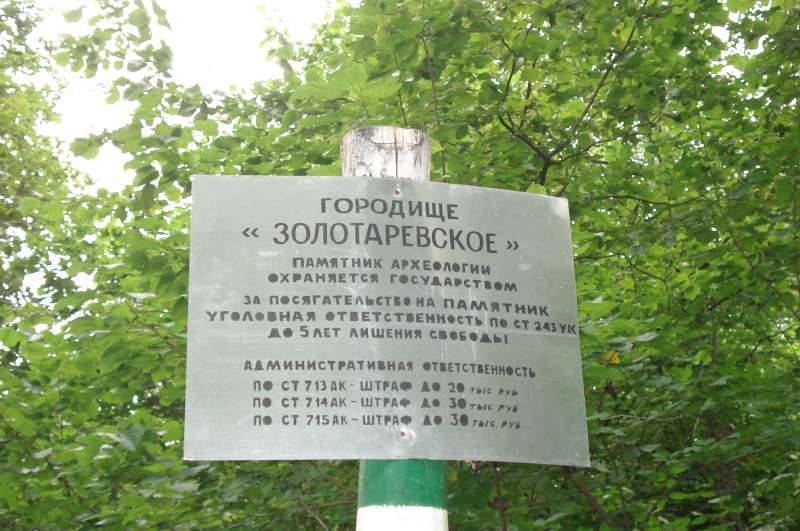
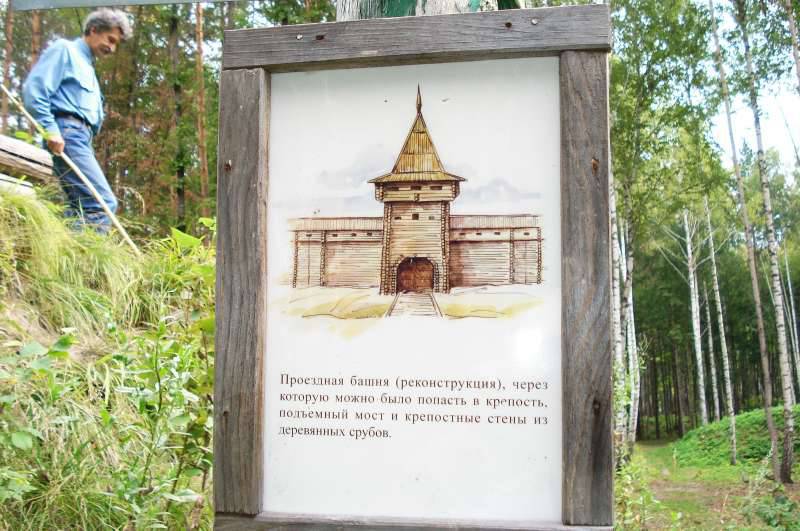
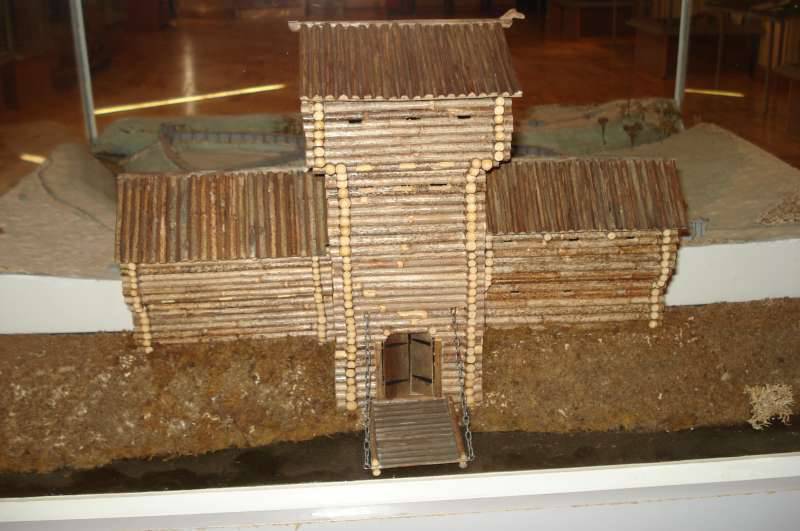
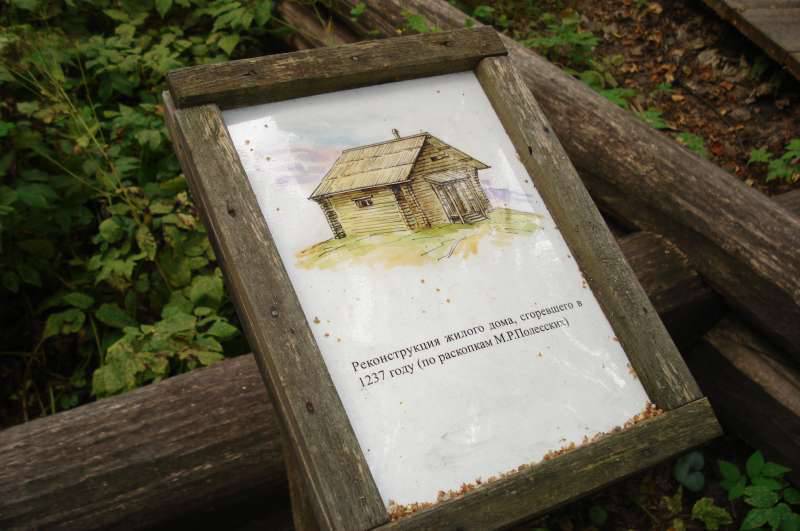
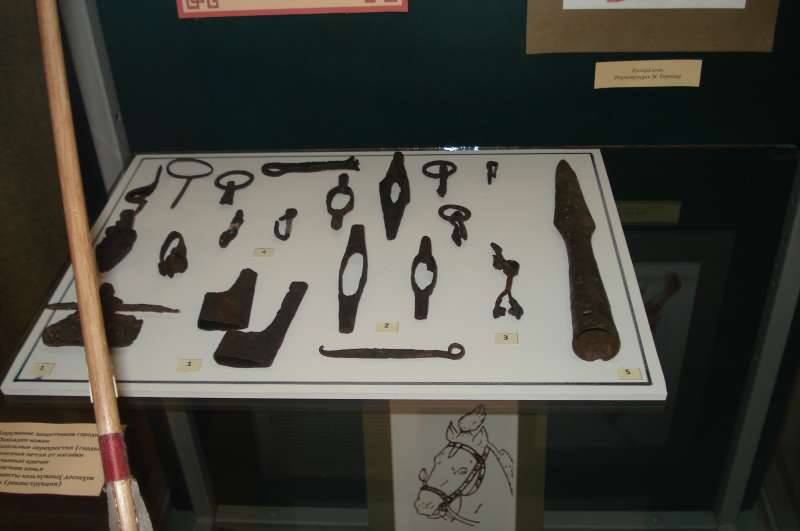
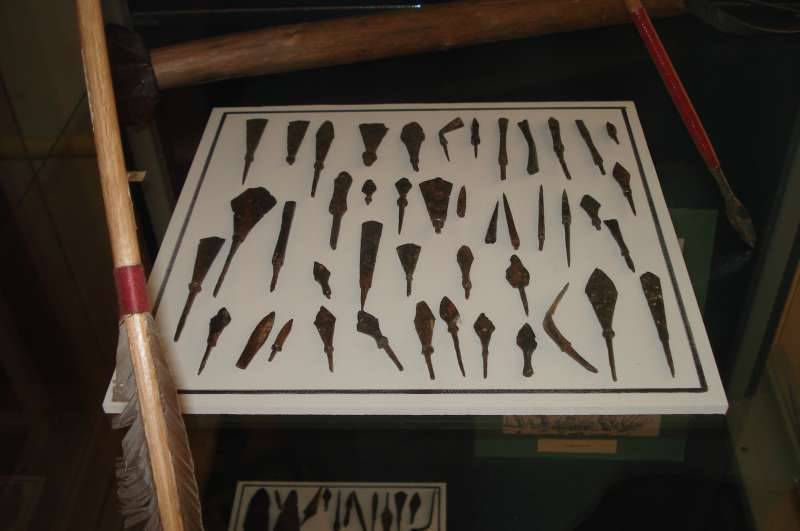
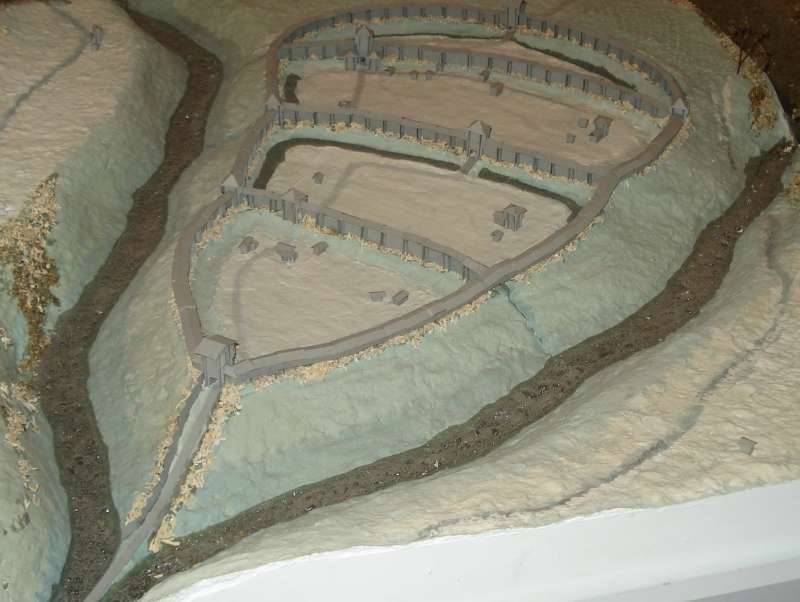
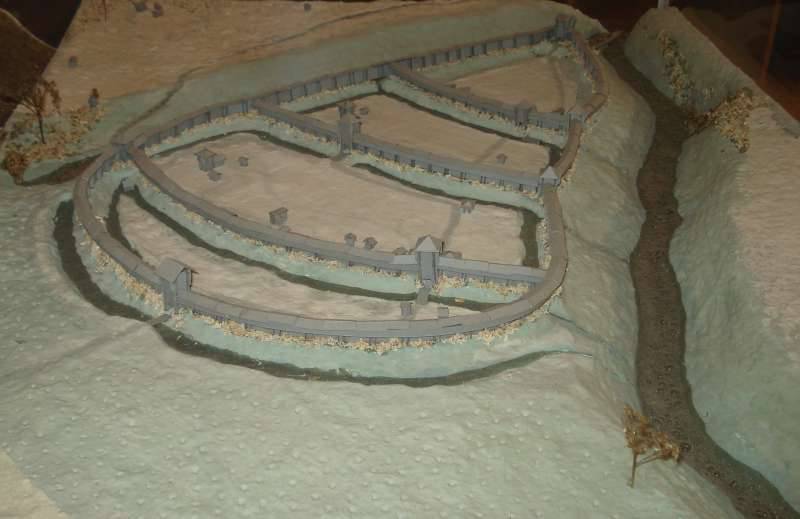
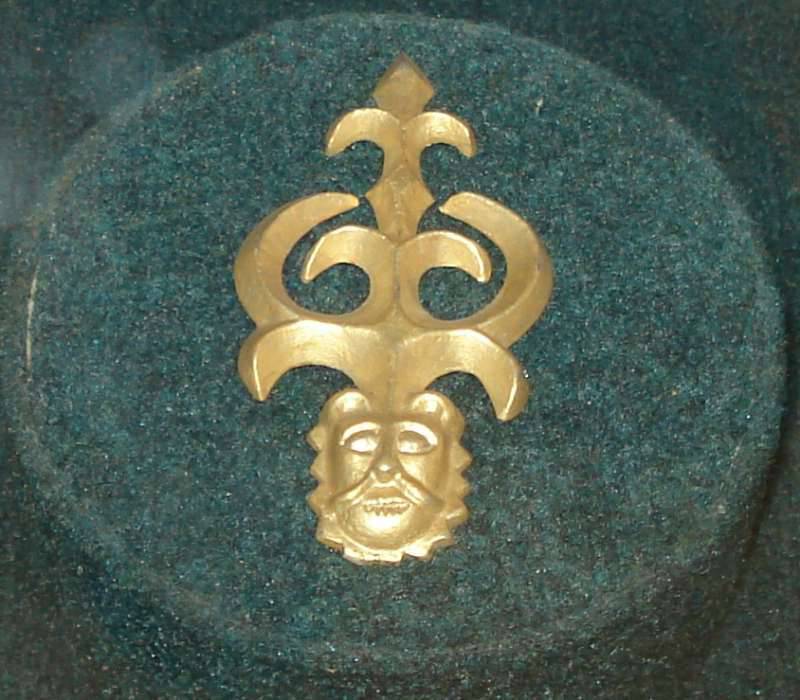
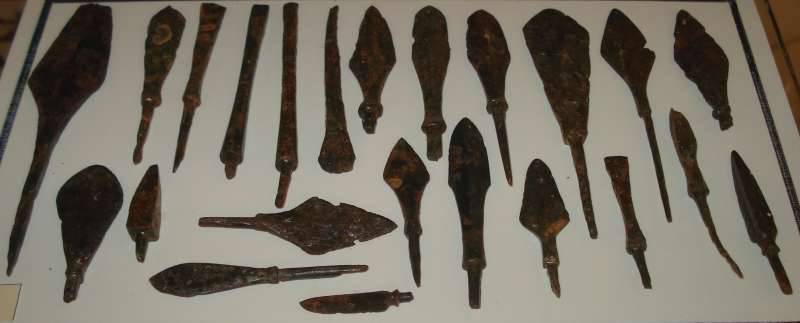
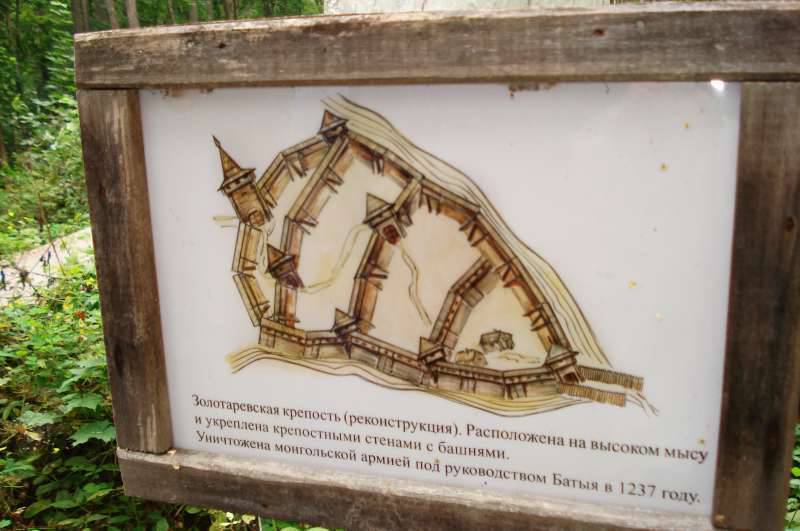
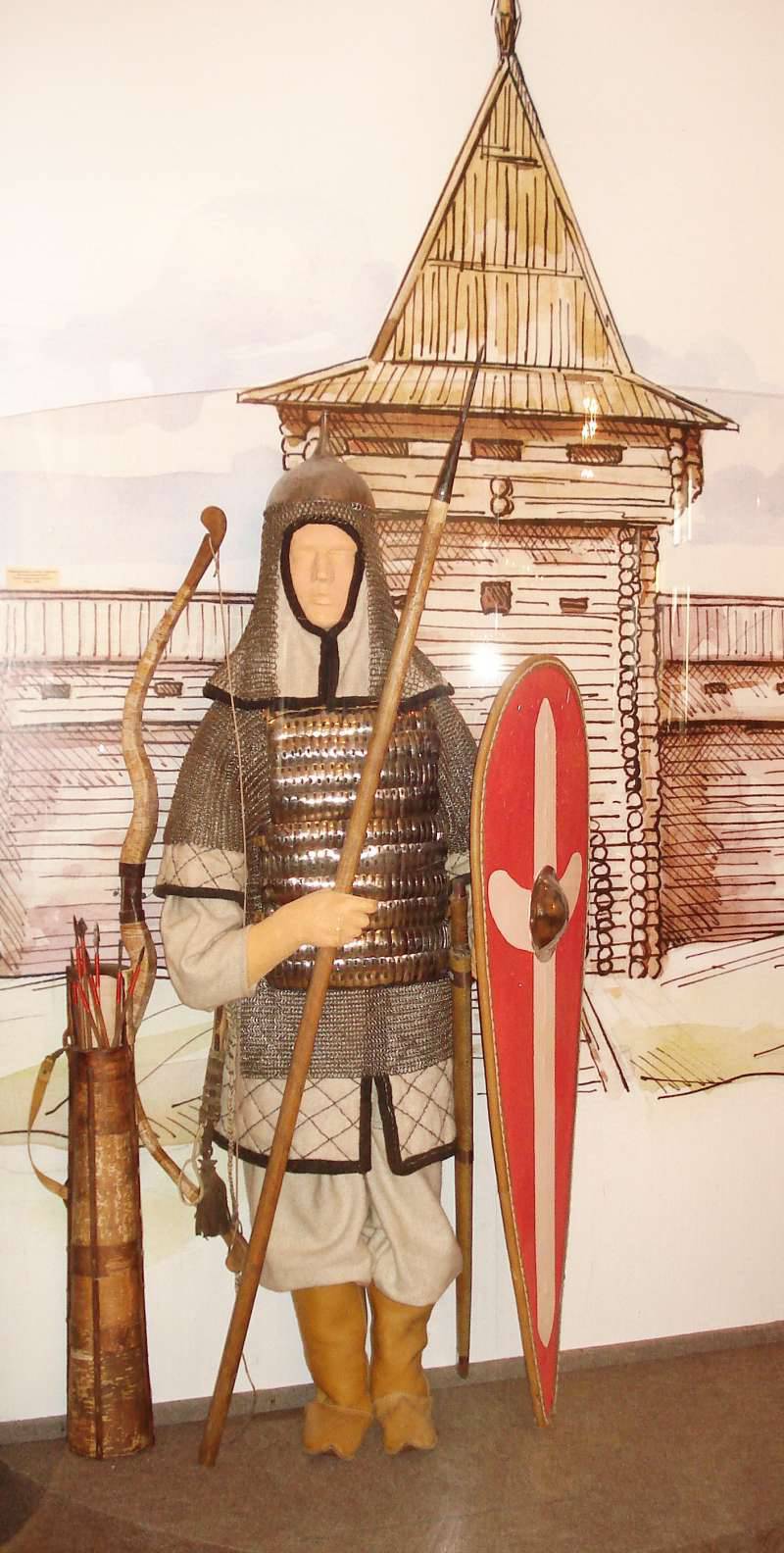
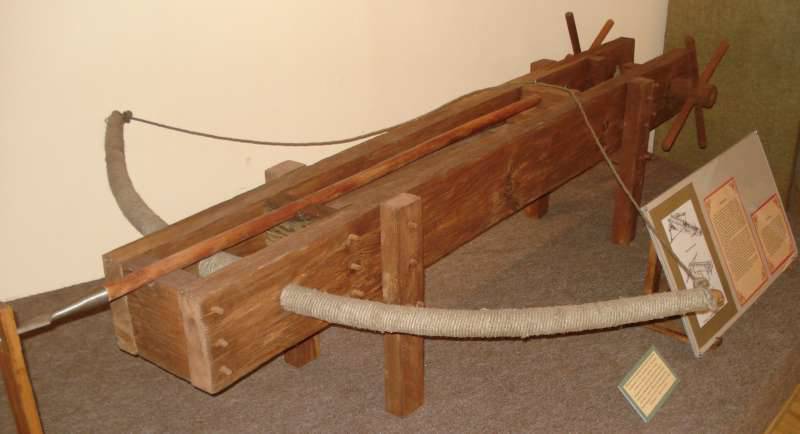
Information